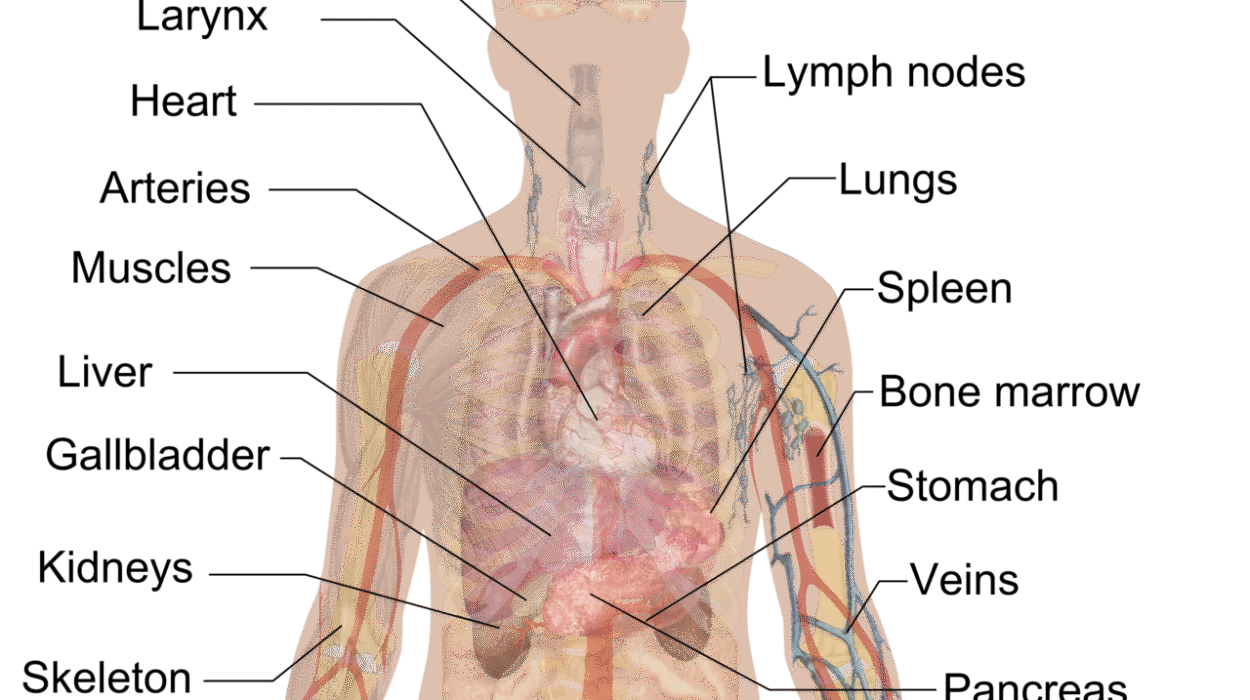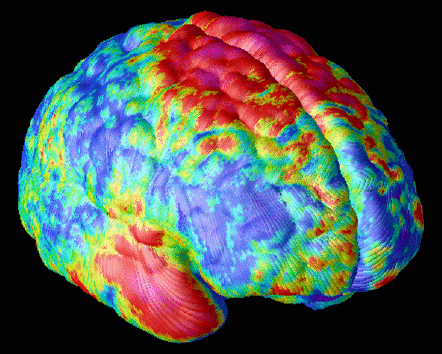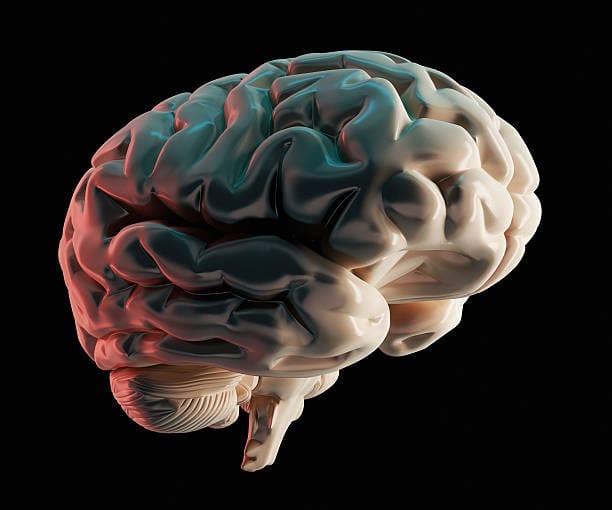Imagine a habit so simple, so ancient, and so universally accessible that it requires no equipment, no membership, and no special training—just your feet. Now imagine this habit being one of the most powerful tools for transforming your physical health, your mental state, your mood, and even your lifespan. That habit is walking. And for decades, the number 10,000 has loomed large as the golden target: 10,000 steps a day.
But where did this number come from? Why does it work? Is it some magic threshold, or just a catchy goal? More importantly—what actually happens to your body and mind when you make walking a daily ritual?
Let’s lace up our shoes and walk through the history, science, and hidden power of putting one foot in front of the other. Because by the time you finish this article, you’ll see walking not as a chore or a checkbox—but as a sacred act of self-care, healing, and strength.
The Myth and Math Behind 10,000 Steps
The origin of the 10,000-step goal isn’t rooted in ancient medical scrolls or breakthrough scientific discoveries—it began as a marketing slogan. In the 1960s, a Japanese company launched a pedometer called “Manpo-kei,” which literally means “10,000 steps meter.” The idea caught on, partly because it had a nice round feel and partly because it gave people a tangible target.
Decades later, scientists began to investigate: was there something special about that number?
Turns out, yes—kind of.
Research shows that while 10,000 steps isn’t a magic number, it’s a very effective benchmark. People who walk 10,000 steps a day tend to have:
- Lower blood pressure
- Improved cardiovascular health
- Reduced risk of diabetes
- Stronger bones and muscles
- Better mood and mental clarity
- Longer life expectancy
But even fewer steps—say, 7,000 to 8,000—can still bring major benefits. The point isn’t that 10,000 is the only path to wellness. It’s that setting a daily step goal creates consistency. And consistency is where the magic happens.
The Body in Motion: What Happens Physically
So, what happens to your body when you walk 10,000 steps a day? Let’s break it down.
At around 10,000 steps, most people cover 4 to 5 miles and burn between 300 to 500 calories, depending on pace, body size, and terrain. That’s not just a pleasant stroll—that’s serious activity. But walking is low-impact, which makes it sustainable, especially for people who find running too harsh on their joints.
When you walk, your heart rate increases. This strengthens your cardiovascular system and improves circulation. Your muscles—especially in the legs, glutes, and core—stay active, preventing atrophy. Your joints stay lubricated, which reduces stiffness and lowers the risk of arthritis.
Regular walking also improves posture and balance. It engages your hips, back, shoulders, and even arms. Over time, you develop better body awareness, better alignment, and a stronger musculoskeletal structure.
And then there’s the metabolic boost. Walking helps regulate blood sugar levels, aids digestion, and increases insulin sensitivity. For people at risk of type 2 diabetes, this is nothing short of a miracle.
The Brain on Foot: Walking and Mental Health
You’re not just walking for your body—you’re walking for your brain.
Movement, especially rhythmic, forward motion like walking, has profound psychological benefits. It triggers the release of endorphins—those feel-good chemicals that lift your mood and reduce stress. Walking also increases levels of serotonin and dopamine, neurotransmitters often associated with feelings of well-being and motivation.
But the magic goes deeper.
Walking boosts creativity. Studies show that people generate more original ideas while walking than while sitting. That’s why so many writers, philosophers, and entrepreneurs swear by walking meetings or long strolls to solve problems.
It also acts like moving meditation. As your feet hit the ground in a rhythmic pattern, your mind begins to relax. Worries lose their grip. The act of walking grounds you—literally and figuratively. It brings you back into your body, into the moment.
Even the environment matters. Walking outside, especially in green spaces, further enhances mental clarity and reduces symptoms of anxiety and depression. This is known as “green exercise,” and its benefits are backed by science.
Sleep, Energy, and Mood: The Daily Effects
Walk 10,000 steps regularly and you’ll likely notice another change: you sleep better.
That’s because physical activity improves your circadian rhythm, the internal clock that tells your body when to sleep and when to wake. Walking during daylight hours, especially in the morning, enhances this effect. It exposes you to natural light, which boosts melatonin production later in the evening.
You’ll also have more energy. It might seem counterintuitive—won’t all that walking make me tired? In fact, it works the opposite way. Regular movement keeps your blood flowing and your metabolism humming. The result is steady, natural energy throughout the day, without the crashes that come from caffeine or sugar.
And then there’s your mood. Walking reduces cortisol, the stress hormone, and increases the availability of GABA, a neurotransmitter that calms your nervous system. After just 30 minutes of brisk walking, people report feeling more relaxed, more optimistic, and more balanced.
Over time, these effects add up. You feel better—not just for a few hours, but as a baseline state.
The Longevity Link: Walking for a Longer, Healthier Life
Want to live longer? Walk more.
A massive study of over 16,000 women aged 62 to 101 found that those who walked just 4,400 steps per day had significantly lower mortality rates than those who walked less. The more they walked, the lower the risk—up to around 7,500 steps, where benefits began to level off. But walking more never hurt.
This trend holds true across genders and age groups. Regular walkers are less likely to suffer from heart disease, stroke, obesity, osteoporosis, and even certain cancers. They have better immune function, better hormonal balance, and better mental acuity.
Walking may not seem like a potent anti-aging weapon, but it is. Not because it stops time, but because it keeps your body and brain functioning optimally as time passes.
And here’s something beautiful: the benefits are cumulative. Every step counts. Even if you don’t hit 10,000 every day, the act of walking regularly still stacks up over weeks, months, and years.
Walking and Weight Management
Many people wonder: can walking really help me lose weight?
The answer is yes—but with some context.
Walking burns calories, especially if done briskly or for extended periods. Combined with mindful eating, it can create a calorie deficit that leads to weight loss. But more importantly, walking helps with weight maintenance. It keeps your metabolism stable, prevents fat gain, and builds lean muscle (yes, even walking builds muscle).
Plus, it curbs emotional eating. Instead of reaching for snacks during stressful moments, a walk offers a healthy outlet for tension. Over time, walking reshapes not just your body, but your habits and relationship with food.
Walking as Ritual: Building the Habit
Habits don’t stick because they’re important—they stick because they’re easy, rewarding, and repeatable. So how do you turn walking 10,000 steps into a daily habit that doesn’t feel like a chore?
Start with awareness. Use a step-tracking app or wearable device to monitor your current baseline. You might be surprised how much (or how little) you’re already walking.
Then, build gradually. If you’re at 4,000 steps per day now, aim for 5,000 this week. Add steps in creative ways: take the stairs, park further from the entrance, pace while on the phone, walk during meetings, stroll after dinner.
Make it enjoyable. Listen to music, audiobooks, or podcasts. Walk with a friend or pet. Explore new neighborhoods. Walk at sunrise or under the stars. Turn it into “me time.”
Create cues and rewards. Leave your walking shoes by the door. Set reminders. Celebrate milestones. The goal is to make walking feel less like a goal and more like a rhythm—something your day feels incomplete without.
The Emotional Journey: Walking Through Life’s Storms
Walking isn’t just about fitness—it’s about healing. Ask anyone who has faced grief, heartbreak, anxiety, or trauma. There’s something profoundly soothing about walking through emotional pain. Maybe it’s the symbolism: moving forward, one step at a time.
Therapists often recommend “walk and talk” sessions because physical motion can unlock stuck emotions. Walking through nature, especially, provides both distraction and perspective. It reminds you that the world is big, beautiful, and full of cycles—and that this too shall pass.
Walking has been used in spiritual practices across cultures for centuries. Think of pilgrimages, labyrinths, walking meditations. These rituals aren’t just about distance—they’re about transformation.
In a way, every walk is a pilgrimage. Not to a place, but to a better version of yourself.
Myths, Missteps, and Flexibility
Is 10,000 steps the only way? Not at all.
Some days, life gets in the way. Maybe you’re sick, traveling, or slammed with work. Missing your step count doesn’t erase your progress or worth. The point is consistency over time, not perfection every day.
Also, intensity matters. A brisk 6,000-step walk may offer more cardiovascular benefits than a slow 10,000-step wander. Mix it up. Try intervals. Add hills or stairs. The variety keeps it interesting and challenges your body in new ways.
And remember: walking is foundational. It doesn’t have to be your only form of movement. But it should be your baseline. Think of it as the floor of your fitness, not the ceiling.
Walking Toward a Better World
There’s a quiet revolution in walking. As cities become more pedestrian-friendly and people rediscover the joy of foot travel, we’re reclaiming space—both physically and mentally.
Walking also connects us. It puts us face to face with neighbors, local shops, parks, and strangers. It slows down the frantic pace of modern life and invites conversation, observation, and community.
And walking is sustainable. It’s carbon-free, accessible, and deeply human. In a world grappling with climate change and overstimulation, walking is a radical act of simplicity and presence.
Final Steps: Why It Works
Walking 10,000 steps a day works not because of the number—but because of what it represents. It’s a daily commitment to yourself. It’s a declaration that your body matters, your mind matters, your time matters.
It works because it’s doable. It works because it builds momentum. It works because it touches every part of your health—heart, brain, bones, mood, sleep, weight, and more.
But most of all, it works because it’s rooted in something ancient and undeniable: the human body was made to move. When we honor that truth, everything else begins to fall into place.
So walk. Walk for your heart. Walk for your mind. Walk for your future. And know that with every step, you’re not just going somewhere—you’re becoming someone.






